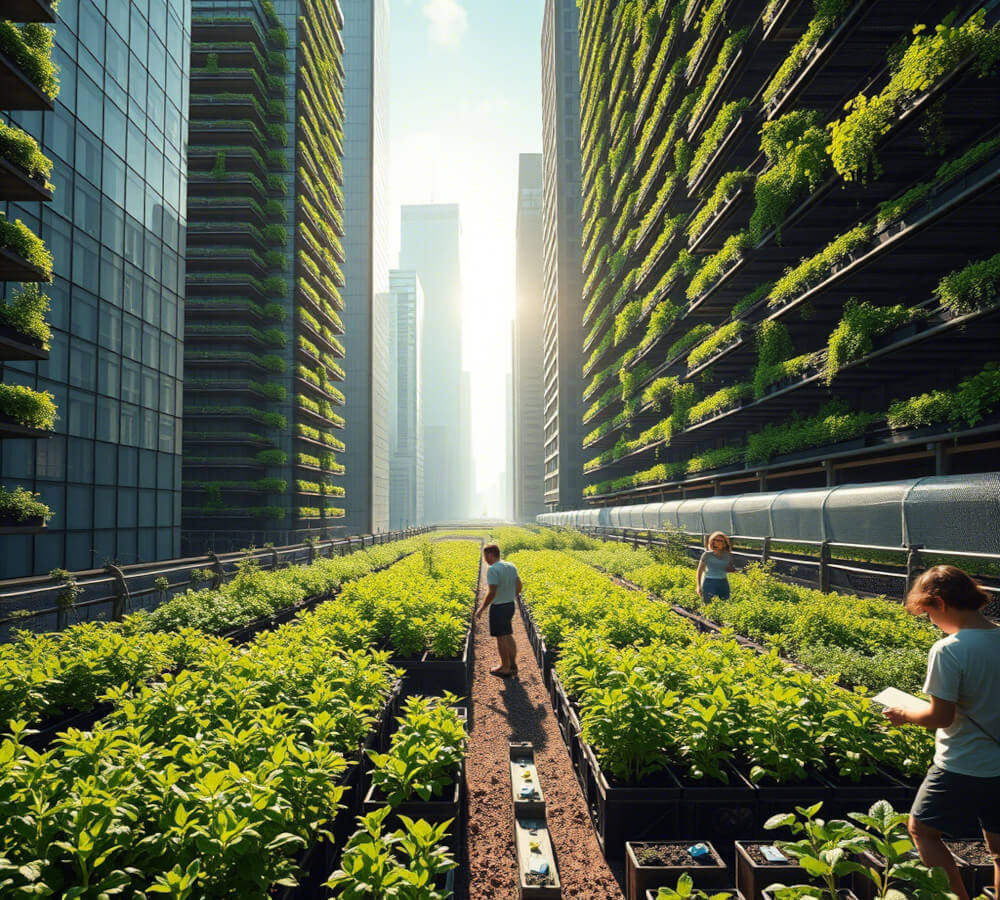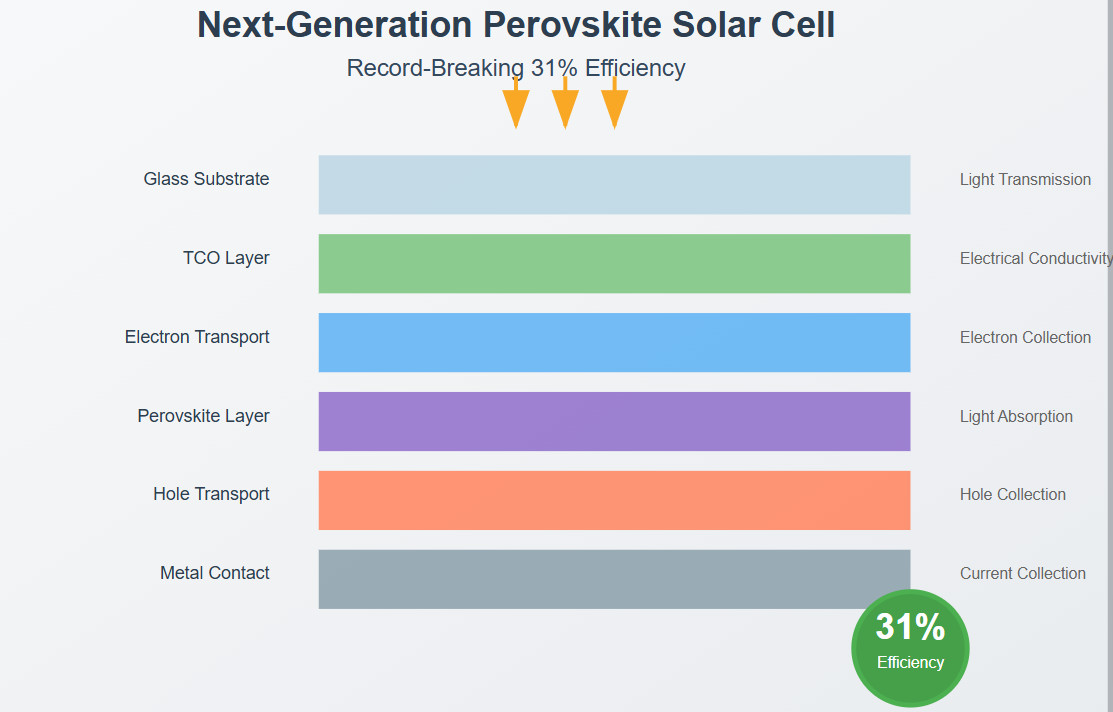Do you know where most of your fruits and vegetables come from?
They are often grown far away from the cities, in huge farms that use lots of resources like water, fertilizers, and pesticides. But there’s another way.
Urban farming is about growing your own food right in the city. It’s a movement that’s spreading fast across the globe. People are using rooftops, backyards, and even old buildings to grow their own fruits and veggies. This isn’t just about having fresh produce on hand; it’s also about taking care of our planet.
By growing food in cities, we can reduce carbon emissions from transportation, use less water, and create jobs for local communities. Plus, everyone gets to enjoy the freshest produce possible.
Read on to learn how urban farming is transforming cities worldwide by providing fresh produce to local communities, promoting sustainability and fostering food security in densely populated areas.
Types of Urban Farming Systems
Areas.
Imagine urban farming as a way to bring fresh produce directly to city centres.
Urban farming involves creating small-scale agricultural environments within cities, often using innovative techniques such as hydroponics or aeroponics.
Areas like rooftops, abandoned buildings and vacant lots can be turned into productive farmland with the right equipment and knowledge.
Rooftop gardens are a popular example of urban farming in action. They provide not only fresh produce but also help to insulate buildings and reduce energy costs. Abandoned warehouses or factories can be converted into hydroponic farms, providing a steady supply of leafy greens and other crops.
Urban farming is becoming increasingly important as cities struggle to meet the demands of their growing populations for fresh food.
In areas where access to supermarkets is limited, urban farming provides a vital lifeline. By bringing production closer to consumption, farmers can reduce transportation costs and increase freshness and quality.
Advantages of Container-Based Hydroponic Urban Farming Operations.
Container-based hydroponic urban farming operations offer several advantages over traditional farming methods.
One major advantage is that hydroponics can be done in a controlled environment, allowing for precise control over nutrient delivery and water quality.
This results in higher yields and better crop quality. It also reduces the need for pesticides and herbicides, making it a more environmentally friendly option.
Another advantage of container-based hydroponic urban farming operations is that they can be done vertically, allowing for maximum use of space.
This makes them ideal for small-scale or indoor farming operations where space is limited.
For example, a hydroponic system can be set up in a warehouse or on an office building rooftop to provide fresh produce to employees and neighbors.
You can also use containers to create a vertical farm in your backyard, providing you with fresh produce all year round.
Overall, container-based hydroponic urban farming operations offer several advantages over traditional farming methods.
Overcoming Space Challenges for Urban Agriculture
Environments.
It’s clear that urban farming environments play a significant role in shaping the way you think about food production.
In these environments, technology is increasingly being used to improve yields and reduce waste, making it easier for people to grow their own food.
Vertical farming systems are being implemented in cities worldwide, providing a more sustainable way of growing produce. Greenhouses are also becoming more popular, allowing you to control the temperature and humidity levels to create optimal growing conditions.
The use of hydroponics and aeroponics is also on the rise, making it possible for you to grow plants in water or air rather than soil.
This method of farming reduces the need for land and can be done indoors, making it ideal for small spaces. The use of LED lighting also allows you to customize the spectrum and intensity of light to suit specific plant needs.
Vertical Farming Solutions for Compact Cityscapes.
Compact cityscapes, with their dense populations and limited space, are perfect candidates for vertical farming solutions.
Vertical farming allows for growing a wide variety of crops in a small amount of space, making it ideal for urban areas where land is scarce.
For example, hydroponic systems can be set up on rooftops or in abandoned buildings to grow leafy greens and herbs. Aeroponic systems can be used to grow root vegetables like carrots and beets.
By using advanced technology, such as LED lighting and climate control, vertical farms can produce crops year-round, regardless of the season.
This means that cities can have a constant supply of fresh produce, even in areas where traditional farming is not possible. Vertical farms also use significantly less water than traditional farming methods.
Maximizing Productivity in Limited Spaces
Yields.
When it comes to urban farming, yields can be a major concern. You need to produce enough food to feed the community, while also making sure that your crops are healthy and thriving.
One key factor in determining yields is the type of crop you’re growing. You may find that certain types of vegetables or fruits are more productive than others in urban farming settings.
For example, leafy greens like lettuce and kale tend to do well in urban farms because they’re easy to grow and can be harvested quickly. On the other hand, crops like tomatoes and peppers may require more space and attention before they produce a high yield.
The quality of your soil also plays a significant role in determining yields. You need to make sure that your soil is rich in nutrients and has good drainage.
This can be achieved by using compost or other organic amendments to improve the soil’s fertility. You may also need to adjust the pH levels of your soil depending on the type of crop you’re growing.
Implementing Precision Irrigation Systems to Boost Productivity Rates.
Imagine a plot of land where crops are grown, but instead of relying on traditional farming methods, it uses advanced technology to optimize water usage and increase yields.
Implementing precision irrigation systems can have a significant impact on productivity rates. These systems use sensors and data analysis to determine the exact amount of water needed for each crop.
For example, some farms are using drones equipped with cameras and sensors to monitor soil moisture levels, temperature, and other factors that affect crop growth. This allows farmers to make adjustments in real-time, reducing waste and increasing efficiency.
Precision irrigation systems can also help reduce water consumption. By using data-driven decision making, farmers can identify areas where water is being wasted and implement changes to minimize losses.
For instance, some farms are using advanced weather forecasting tools to predict precipitation patterns and adjust their watering schedules accordingly. This approach not only saves water but also helps reduce the risk of overwatering.
Benefits and Future Potential of Urban Farming
The future of urban farming is bright, with endless possibilities for growth and sustainability.
As cities continue to expand, innovative farmers are adapting to meet the demand for fresh produce. By harnessing cutting-edge technology and hydroponics systems, they’re revolutionizing the way we think about food production. Not only does this approach reduce carbon footprints but also increases yields while minimizing water usage.
Urban farming is no longer a niche phenomenon – it’s becoming a mainstream solution to urban challenges. As cities become more self-sufficient, they’re fostering stronger connections with their residents and building resilient communities. By embracing this shift, you can position your city as a leader in sustainable innovation and reap the rewards that come with it.










